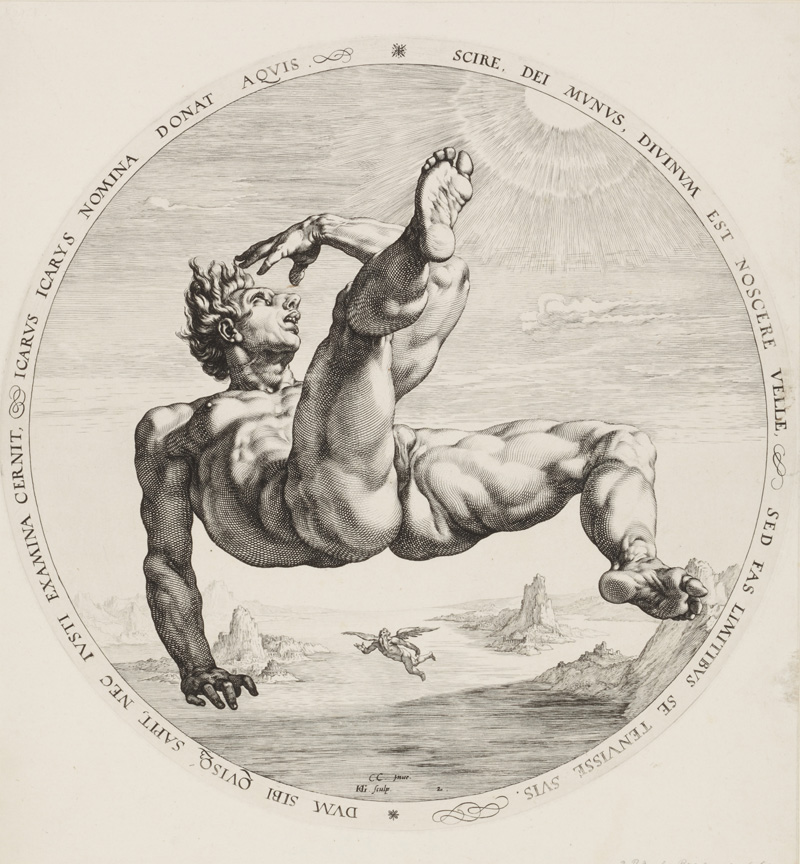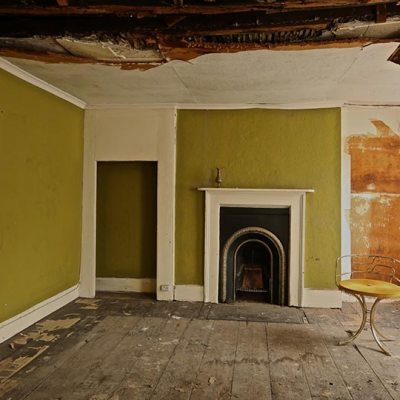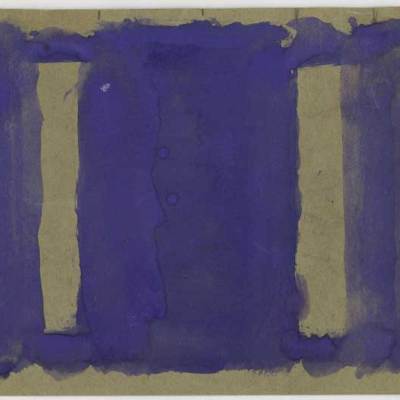‘Style and Perfection: Hendrick Goltzius and Dutch Mannerist Printmaking’ opens next week at the Städel Museum in Frankfurt, Germany. The curator, Martin Sonnabend, introduces the exhibition.
Click here for a gallery of highlights from the exhibition
Can you tell us a bit about the exhibition?
The exhibition gives a comprehensive overview of Hendrick Goltzius’s work as a printmaker, as well as including a few drawings by him, and exemplary works by his pupils – Jan Muller, Jan Saenredam and others. Around 100 works are on show, all from the holdings of the Department of Prints and Drawings in the Städel Museum.
What makes this a distinctive show?
With few exceptions, it presents impressions of the very highest quality, giving an idea of Goltzius’ tremendous skill as an engraver, and also of the Städel Museum’s rich collection of works on paper, which we can only exhibit from time to time due to the light sensitivity of drawings and prints.
How did you come to curate this exhibition?
In the past we have presented, using the Städel’s holdings, some of the most important printmakers of the 16th and 17th centuries: Dürer, Lucas van Leyden, Callot, Rembrandt, Claude Lorrain. Each of these exhibitions tried to explore the specific potential of the printmaking medium. With Goltzius we present another important artist whose work constitutes a link between the two centuries.
What is likely to be the highlight of the exhibition?
There are a few works which could be claimed as the highlight: the vertiginous falling Four Disgracers; the towering Hercules Farnese, seen from behind; the charming, unfinished Adoration of the Shepherds (in its first state); and also the impressive chiaroscuro woodcut of Hercules and Cacus.
And what’s been the most exciting personal discovery for you?
Apart from the astonishing inventiveness of Goltzius, maybe the series of the Creation of the World, designed by Goltzius and engraved by Jan Muller.
What’s the greatest challenge you’ve faced in preparing this exhibition?
Goltzius was in his own time considered to be – as a printmaker – one of the greatest artists of all time. Today, few people know him. It will be important to communicate the high quality, inventive art that lies behind his pursuit of perfection and finish (which does not reflect modern ideas of ingenious, ‘free’ creatity) and which influenced his mannerist exaggerations, which look strange to us, and sometimes even comic.
How are you using the gallery space? What challenges will the hang/installation pose?
The challenge of the hanging is always to construct – in addition to a reasonable sense of order – a good rhythm and dramaturgic climax. In the case of this exhibition, it was important to strike a good balance between printed series (like the 10 sheets of the Roman Heroes) and single impressions. Another problem was the inclusion of works by artists such as Lucas van Leyden or Dürer, to which some of Goltzius’ prints refer.
Which other works would you have liked to have included?
It would have been nice to include a Federkunststück – a pen and ink drawing that tries to emulate the elegant line systems of Goltzius’ engravings. He did some exciting work in this genre, but unfortunately the Städel Museum has no example of these rare works in its collection.
‘Style and Perfection: Hendrick Goltzius and Dutch Mannerist Printmaking’ is at the Städel Museum, Frankfurt, from 4 June–14 September.




